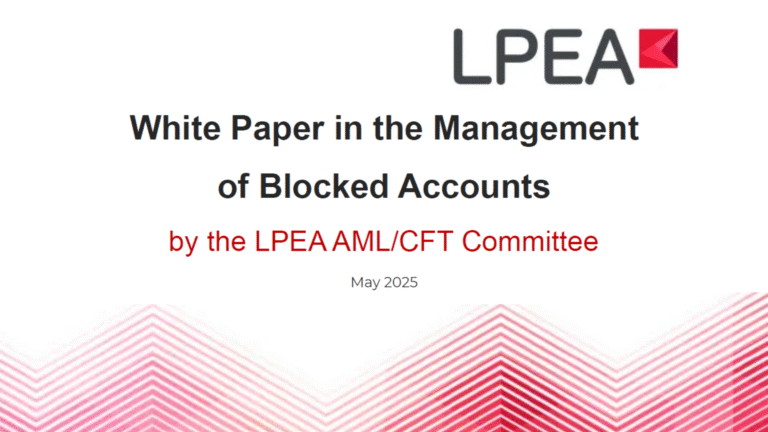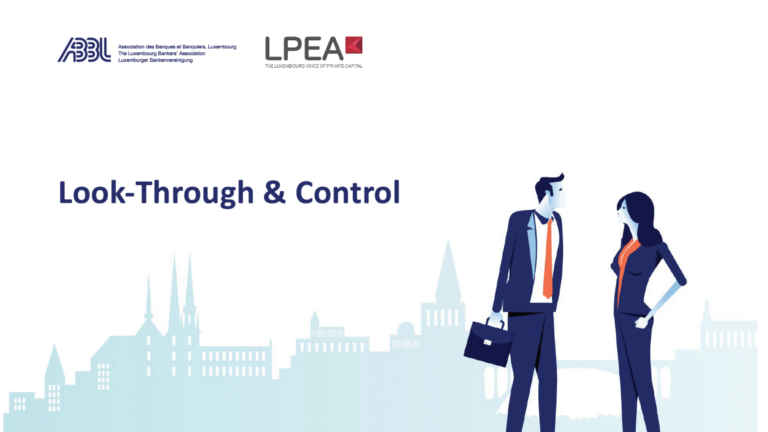Infrastructure – Investing in changing realities
by Zeeshan Ahmed, Executive Director and Nicolas Tinant, Manager, EY Luxembourg.
Given the gap between infrastructure needs and countries’ abilities to fund, the global demand for investment in infrastructure will continue to be very high in the coming years, but realities are changing rapidly in today’s environment.
The technological disruption, the replacement of old technologies, the changing consumer behavior, the awareness of Environmental and Social Governance (ESG) and need for sustainable infrastructure, are reshaping the way infrastructure industry operates, shifting its investment perspective and including new variables in any investment or project decisions.
Never-ending needs
A recent OECD surveys estimates to USD 60 Trillion the need for investments in infrastructure worldwide until 2030. Out of this, modernization and expansion of water, electricity and transportation systems only are expected to cost USD 16 Trillion in the cities of Western Europe, the USA and Canada.
While fast growing populations are facing a tremendous need for new infrastructure, some other locations are currently in need of those projects to replace or upgrade ageing infrastructure networks already in place.
During the crisis faced in the past few years, national and supranational budgets allocated to infrastructure projects have slightly been melted, whereas current level of investments in infrastructure assets could prevent certain countries from having the expected growth and growing at a faster pace.
Where historically, the infrastructure asset class was mostly financed through public funding, governments’ agendas nowadays are changing by turning themselves towards private investors due to public debt limit constraints, unemployment rates and growing populations. This allows public authorities to finance the gap, to develop additional infrastructure assets or to upgrade and replace ageing and existing ones at a faster pace than it used to be in the past.
New game rules
Artificial intelligence, increasing pace of technology replacement, demographic explosion, demand for low-carbon energy and a migration of people to megacities, are today’s variables that need to be taken into account and are now considered as real game changers when assessing infrastructure investments’ appetite. Consequently, customers’ behavior have begun to change.
Moreover, technology is now clearly upon us and is disrupting the way the asset class is funded, developed and operated, but also perceived in the long run. The historical feature of this asset class is therefore highly impacted by technology considering it imposes a constant assessment and monitoring of variables over quite many years in the future whereas other asset classes (e.g., private equity or buyouts) will generally be focused on a relatively shorter term value creation. This rise of technology within and around the asset class might imply the reconsideration of a business plan, how viable a project could be or the frequency at which variables need to be monitored. As a result, infrastructure, traditionally a conservative asset class, now facing new risks.
In contrary to this rise of technology, security is becoming a run-of-the-mill concern for any player within this market. Each of those actors, e.g., governments, investors, investment managers, might have interests in defining reduction of infrastructure vulnerability against physical damage or cyber-attack as a top priority for the years to come.
Drift of management spectrum
In today’s environment where investors and assets managers continue to search for yields and returns, there is a shift in risk appetite and business model (i.e. a more private equity style of investing).
While infrastructure management style was rather known as long-term and steady returns seeking, a clear drift is currently being operated with more private equity players getting on infrastructure playgrounds. Those asset managers are coming alongside their own experience, network and management style. This could lead into higher risks targeting for higher returns and then implying different investment style. For investors, it will be key to have a clear understanding of asset managers’ objectives so that risk resilience of both will be aligned.
Moving to sustainable infrastructure
ESG is now stated as a new dimension and might be seen as a key criteria when selecting infrastructure projects. Key performance indicators are shifting in achieving sustainability in the long run and having a positive footprint on environmental (nuclear energy, carbon emissions) and social concerns (human rights, ageing population).
Investors are increasingly considering ESG factors as a fundamental part when assessing the attractiveness of a project. ESG infrastructure investments are increasingly tending to align investors’ seek of financial return with environmental and social indicators.
Through the above changing investing realities of infrastructure, players within this market will rapidly prove to have agility, flexibility and competencies over the years to make sure to adapt and to consider appropriately how viable projects could be. Both technology and consumer behavior have started to shift and infrastructure players will have to fit to latest consumer needs, e.g. how will millennials in developed countries deal with transports?
As investments in infrastructure are deemed to stimulate and support sustainable and countries’ long term growth, which in turn generates further needs for infrastructure, the global demand for infrastructure is likely to be increasingly rising in the mid-term. However, these realities require more investment discipline and extensive due diligence when the prices of many infrastructure opportunities appear extended.





